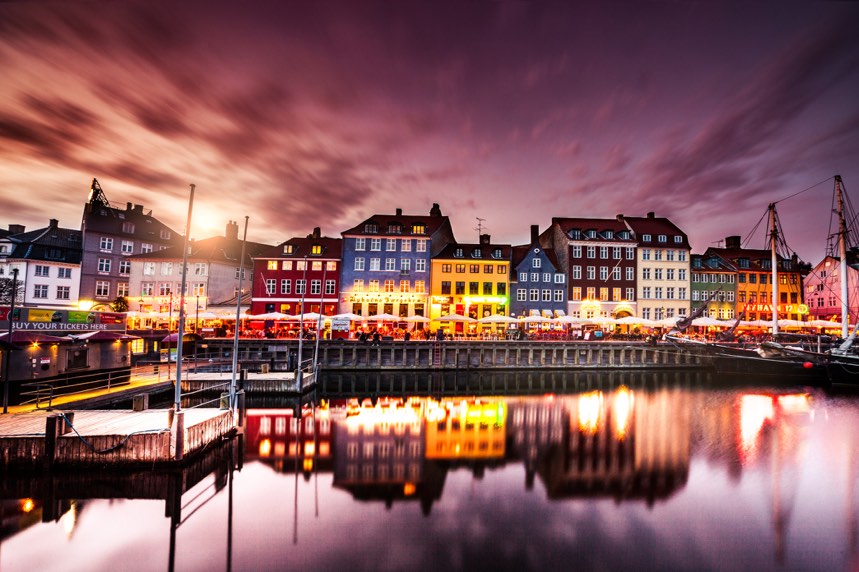Copenhagen Diversion Rate = 97% (59% recycle + 38% incineration)
It takes a village... or thirty.

In Copenhagen, just 2% of all waste goes to the landfill, making it one of the most sustainable cities in the world. However, the city hasn’t always been a sustainability leader.
Until recently, Copenhagen was experiencing population decline. The local economy was relatively poor and traffic congestion was bad, and many residents left for more liveable communities. The Copenhagen of the 1980s was nothing like the clean, bike-friendly haven that exists today.
In 1987, one simple change made all the difference: Copenhagen decided to incentivize waste reduction practices through taxation. Taxes on landfilling and incineration skyrocketed while recycling remained tax-free.
Today, Copenhagen recycles approximately 59% of its waste and incinerates most of the non-recyclable waste, which is 38% of the total stream. The incineration plants act as combined heat and power generation facilities, powering homes and businesses across the city.
Although accomplished, Copenhagen remains ambitious. The city estimates that about 12% of all incinerated waste could be recycled while 41% could be composted. Currently, the city is focusing on two strategies to create a true circular economy:
- Collaborate with nearby cities
- Introduce more streams
The Danish capital is collaborating with 30 other cities to improve regional materials recovery and processing capabilities. Currently, building facilities to process certain types of waste, like plastics, is not economical because the quantity of material produced locally is too small. But if Copenhagen combines streams with other nearby cities, the city may be able to recycle half of the plastic waste that is currently incinerated.
In the past few years, Copenhagen has expanded its recycling program, introduced food waste composting and increased its focus on access for the multi-family sector, since an overwhelming 90% of Copenhageners live in apartments. Today, residents are required to separate their waste, including compostable materials, into twelve different streams.
According to the city’s current Resource and Waste Management Plan: “Materials must no longer be discarded and wasted; they must circulate in the cycle as long as possible… We will turn Copenhagen into a resource-efficient metropolis in which we no longer see waste as a problem but as a resource that has not yet been fully exploited.”
Identifying new resources and creating a thriving society is what zero waste is all about. Although not quite there yet, Copenhagen is already able to enjoy many of these benefits.